Related Research Articles

Sergio Tòfano was an Italian actor, theatre director, playwright, scene designer and illustrator.

The Carnival of Venice is an annual festival held in Venice, Italy, famous throughout the world for its elaborate costumes and masks. The Carnival ends on Shrove Tuesday, which is the day before the start of Lent on Ash Wednesday.

Sergio Bonelli Editore is a publishing house of Italian comics founded in 1940 by Gian Luigi Bonelli (1908–2001). It takes its name from its former president, comic book writer Sergio Bonelli (1932–2011), son of Gian Luigi.
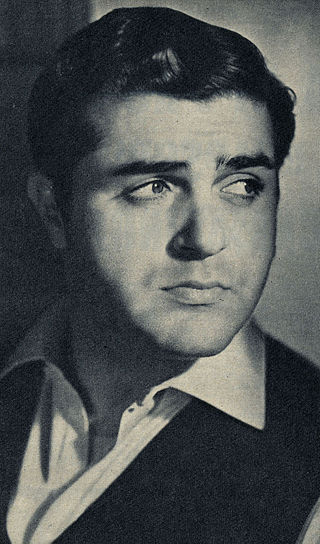
Aldo Giuffrè was an Italian film actor and comedian who appeared in over 90 films between 1948 and 2001. He was the brother of actor Carlo Giuffrè.

Commedia all'italiana, or Italian-style comedy, is an Italian film genre born in Italy in the 1950s and developed in the 1960s and 1970s. It is widely considered to have started with Mario Monicelli's Big Deal on Madonna Street in 1958, and derives its name from the title of Pietro Germi's Divorce Italian Style (1961). According to most of the critics, La Terrazza (1980) by Ettore Scola is the last work considered part of the commedia all'italiana.

Augusto Genina was an Italian film pioneer. He was a movie producer and director.

Luigi Chiarelli was an Italian playwright, theatre critic, and writer of short stories who is chiefly known as a founder of the teatro grottesco, or Theatre of the Grotesque, after the subtitle of one of his plays.

Nino Besozzi was an Italian film actor. He appeared in more than 50 films between 1931 and 1970. He was born in and died in Milan, Italy.

Guido Celano was an Italian actor, voice actor and film director. He appeared in 120 films between 1931 and 1988. He also directed two spaghetti Westerns: Cold Killer and Gun Shy Piluk.

Elena Altieri was an Italian film and stage actress. She appeared in 27 films between 1937 and 1955. She was born in Stresa, the daughter of an Italian father and an English mother. She was mainly cast, both on stage and in films, in roles of haughty and aristocratic women.
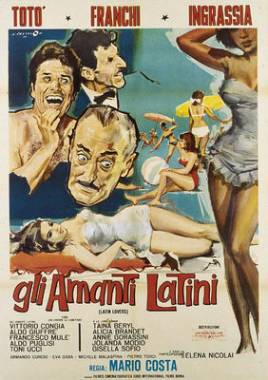
Latin Lovers is a 1965 Italian comedy film directed by Mario Costa.
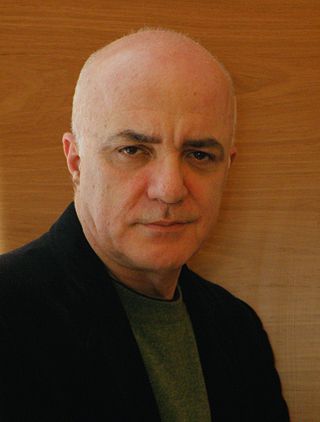
Luigi Petrucci is an Italian film and television actor.

Teresa Stolz was a Czech spinto soprano, for long a resident in Italy, who was associated with significant performances of the works of Giuseppe Verdi, some with his supervision including Aida in the first performance in Italy, and the soprano part in his Requiem. She was his companion from 1897.
Luigi Serventi was an Italian film actor.
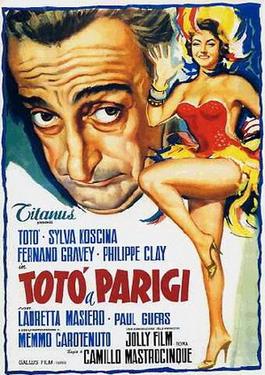
Toto in Paris is a 1958 Italian-French comedy film directed by Camillo Mastrocinque.
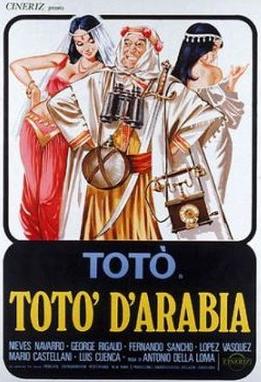
Toto of Arabia is a 1965 Italian-Spanish adventure-comedy film directed by José Antonio de la Loma. It is a parody of Lawrence of Arabia and of spy films.

Renato Navarrini (1892–1972) was an Italian stage and film actor. He was married to the actress Fanny Marchiò.
The Theatre of the Grotesque was a twentieth-century dramatic movement. It is a theatrical style that was developed as a derivative to the late eighteenth-century art movement 'Grotesque' and thus translates the themes and images of the grotesque art into theatrical practices.

Guido Chiarelli, was an Italian electrical engineer. He is known for his pioneering work in public lighting.

Ugo Giletta is an Italian artist.
References
- ↑ Luigi Chiarelli - La maschera e il volto Archived 2011-07-22 at the Wayback Machine su atuttascuola.it
- ↑ Healey, Robin (2019). Italian Literature Since 1900 in English Translation: An Annotated Bibliography, 1929-2016. University of Toronto Press. p. 4-5. ISBN 9781487502928.
- ↑ Goble, Alan (2011). "La maschera e il volto". The Complete Index to Literary Sources in Film. Bowker-Saur. p. 82. ISBN 9783110951943.